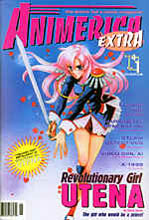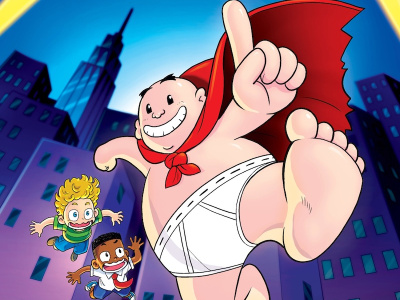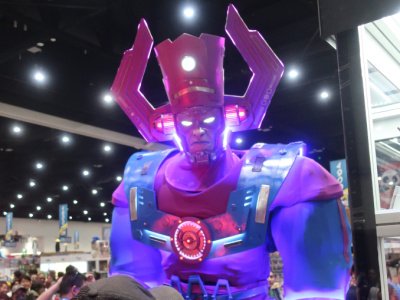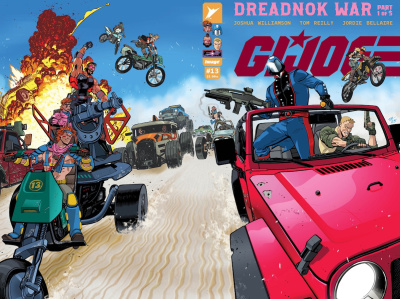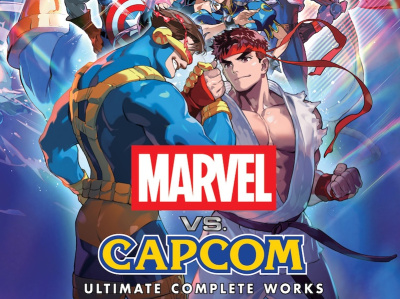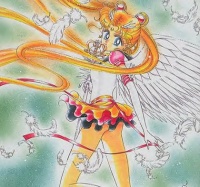
While it is true that as in the United States, boys' comics outsell girls' comics in Japan, comics aimed at girls (or shojo manga) represent up to 30% of the huge Japanese market for comics that dwarfs comic publishing efforts here in the States. Shojo manga (and anime) is truly big business in Japan. Shojo titles embrace a wide variety of genres including fantasy, historical romance, adventure, contemporary romance, suspense, humor, science fiction, and even horror, all unified by one key element -- the central 'viewpoint' character is female. Gone are the days when shojo manga could be identified by stylistic characteristics alone -- large round eyes, each with its own galaxy of stars, affixed to slender, elongated figures as wispy as the lines that created them -- though those flourishes remain in many titles. Shojo manga today embraces many genres and yet gains a kind of unity based on a narrative concentration on relationships and psychological characterization. Shojo manga titles also spawned numerous anime versions, which have greatly enhanced the appeal of the genre both in Japan and abroad where anime titles like Sailor Moon have been the standard bearers for the entire shojo genre.
Like so many categories of anime and manga, modern, shojo manga can trace its roots to Osamu Tezuka, who began serializing Ribon no Kishi (Princess Knight) in Shojo Club magazine in 1953. Though the first generation of shojo creators were overwhelmingly male, female creators quickly took over to such an extent that by the1980s male creators would typically adopt a female pseudonym when working on shojo projects, a practice that continues to some degree to this day, though not all artists do it. Kia Asamiya, for example, published Corrector Yui under his own name. Still most of the top contemporary shojo creators are female including Naoka Takeuchi (Sailor Moon), Yu Watase (Fushigi Yugi, Ceres), Clamp (Magic Knight Rayearth), Mejumi Tachikawa (Saint Tail), to name just a few. While female creators have not reached the prominence in anime that they have in manga, it is the faithful anime adaptations of Sailor Moon, Ceres, Saint Tail and other shojo titles that brought these works to the attention of fans from around the world.
Shojo manga magazines sell over a million copies a month in Japan, but many American retailers don't realize that shojo manga is the fastest growing segment of the translated manga market here in the U.S. Viz's shojo anthology Animerica Extra has been growing in circulation each month for over a year. With Animerica Extra and Tokyopop's Smile, the American market is graced with two Japanese-style comic anthology magazines devoted to shojo manga. Thus the segment of the U.S. market that most closely approximates the way manga is done in Japan is shojo manga, and perhaps that is why it is growing so quickly. Aided by the exposure of many different types of manga in the anthology magazines, the number of shojo subgenres available in the States is about to explode as Tokyopop (see 'Tokyopop Plans Major..') introduces Planet Ladder, a shojo science fiction title, Paradise Kiss, an example of a more 'mature' and sexy shojo title aimed at older teens and young women, and Mars, not a science fiction comic at all, rather an example of the large group of shojo titles that closely examine relationships among high school kids.
For an overview of the 'Grow with Shojo' promotion, including info on how to get free p.o.p. materials, see 'Retailers--Grow with Shojo!'
For info on the Grow with Shojo display contest, see 'Grow with Shojo Display Contest.'
For an enlightening interview with California retailer Joe Fields on how to effectively sell shojo, see 'How To Sell Shojo.'




